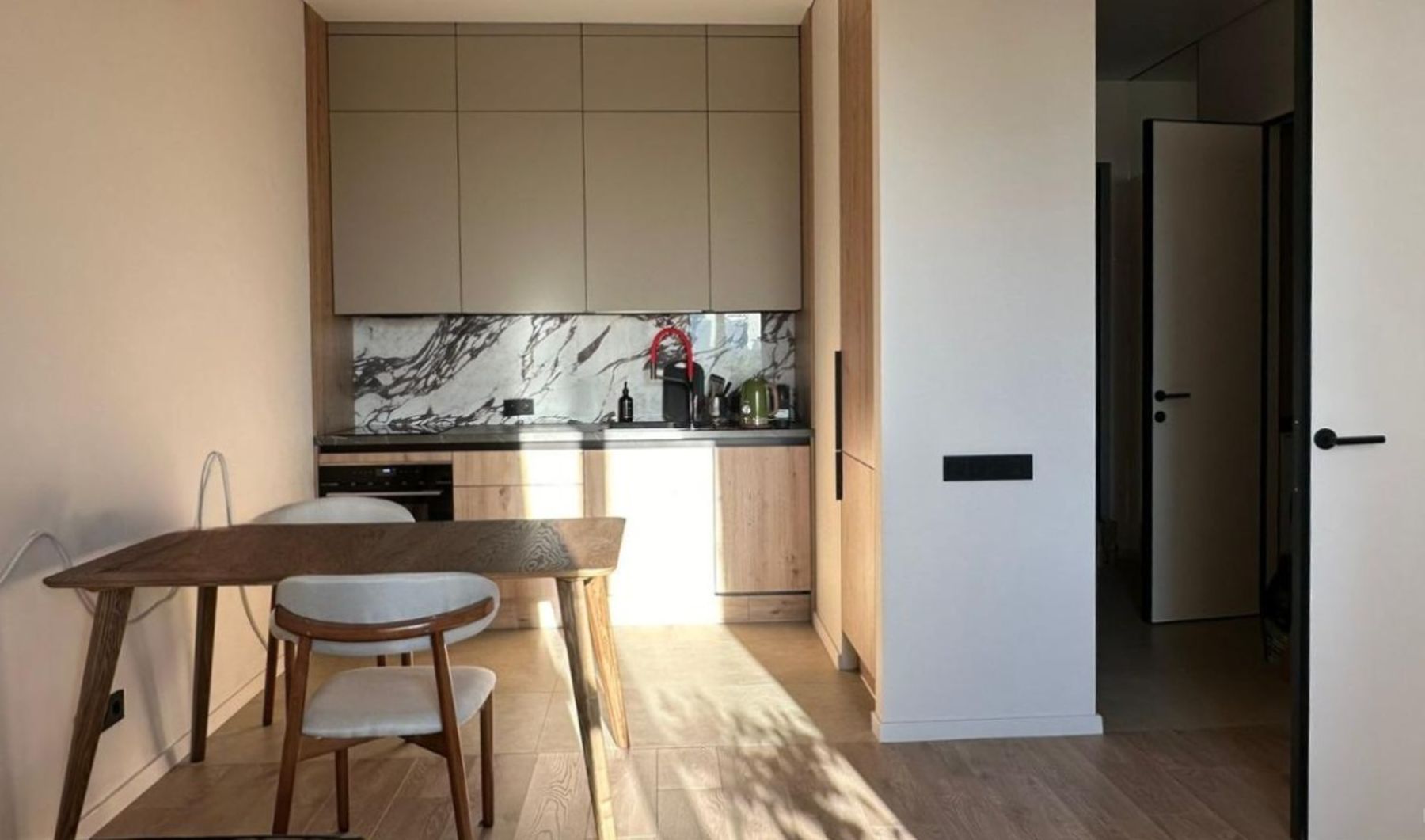
Culinary Spaces Redefined
Introduction to Modern Culinary Spaces
The concept of culinary spaces has evolved significantly in recent years, transforming from mere functional areas for cooking into dynamic, multifunctional environments. Modern culinary spaces are now designed to accommodate not just the act of preparing meals, but also to serve as social hubs, entertainment centers, and showcases for personal style and creativity. This article explores how the traditional kitchen has been redefined by contemporary design trends, technological advancements, and shifting lifestyle needs.
Integrating Technology and Functionality
At the forefront of the redefinition of culinary spaces is the integration of cutting-edge technology. Smart appliances, from ovens that can be controlled remotely via smartphone to refrigerators that can keep track of groceries and order items themselves, are becoming increasingly common. These technological integrations allow for a more efficient and personalized cooking experience, while also freeing up time for the home cook. Additionally, innovative storage solutions and multi-purpose fixtures are transforming how space is utilized, promoting a clutter-free and more organized kitchen environment.
Design Aesthetics That Make a Statement
As kitchens become a focal point of home life, the aesthetic appeal of culinary spaces has also taken center stage. Homeowners and designers alike are experimenting with bold color schemes, high-quality materials, and striking lighting fixtures to create visually stunning environments. The choice of decor and design elements often reflects the homeowner's personality and style, making each space unique. From industrial chic to modern minimalist, the design of culinary spaces today is as diverse as the people who use them.
Embracing Open Plan Living
The trend towards open floor plans has prompted a reimagining of how kitchens interact with the rest of the home. Walls are being knocked down to merge the culinary space with living and dining areas, fostering a sense of togetherness and facilitating entertainment. This blurring of boundaries ensures the person cooking is never isolated from the action and conversation, whether they're hosting a dinner party or a casual family meal.
Culinary Spaces as Social Hubs
In line with open plan living, the kitchen’s role as the social heart of the home has become a central theme in its design. Culinary spaces now often include large islands with seating, standing bars, or even in-kitchen dining solutions that encourage interaction among family and friends. It's not just about eating and cooking; these spaces also cater to a range of activities from homework to hobby projects, making them versatile and well-used areas of the home.
Sustainability and Conscious Design
Sustainability is an increasingly important consideration for the modern home. Conscientious consumers are seeking out eco-friendly appliances, recyclable materials, and designs that minimize waste and energy consumption. Innovations in green technology and sustainable building materials mean that culinary spaces can be both beautiful and kind to the planet. From using solar energy to power appliances to composting food scraps, modern culinary spaces reflect the growing desire to live a more environmentally responsible lifestyle.
Conclusion: The Future of Culinary Spaces
The redefined culinary space is more than just a kitchen—it's a testament to the changing way we live, interact, and express ourselves. As we continue to innovate and our lifestyles evolve, these spaces will keep adapting, fusing functionality with personality, sustainability with technology, and design with social interaction. The future of culinary spaces promises further blurring of lines, as they continue to grow as the multifunctional heart of the home and mirror our cultural and technological progress.